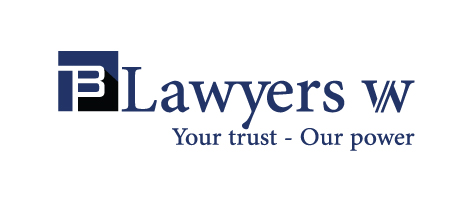During the resolution of lawsuits under civil procedures, provisional emergency measures (also called interim injunctive relief/ interim relief orders) may be a “turning point”. Such a “turning point” may speed up or suspend/ prolong the case settlement. Thus, how can involved parties apply provisional emergency measures? BLawyers Vietnam will present as follows.
1. What are the provisional emergency measures?
Provisional emergency measures are measures conducted by Courts during the resolution of civil lawsuits to provisionally resolve the emergency petitions of the involved parties. Using such measures is to protect lives, health, gather and protect evidence or prevent properties and their current conditions from irrecoverable damage.
2. Which are Provisional Emergency Measures under Vietnamese law?
Under the Code of Civil Procedure 2015, there are 16 named types of provisional emergency measures. In addition, there are different types prescribed in each specific case. Some noteworthy measures are:
- Forcing the prior performance of part of the obligation to compensate for damage to health or lives: applied to the lawsuits related to petitions for compensation for damage to health or life.
- Forcing the employers to provide the employees with advance wages, health insurance, social insurance, treatment cost for occupational accidents or occupational diseases or compensations, and allowances for occupational accidents or occupational diseases.
- Suspending the execution of decisions on unilateral termination of labor contract or decisions on dismissal of employees.
- Distraining the disputed properties: applied if there is any evidence showing that the disputed properties holder disperse or destroys the properties.
- Prohibiting transferring the property right over the disputed properties: applied if there is any evidence showing that the possessor or holder of the disputed properties transfers the property right to other persons.
- Prohibiting changing the current conditions of disputed properties: applied in case there is any evidence showing that the possessors or holders of the disputed properties remove, assemble, expand or conduct other acts, thus changing the existing conditions of such properties.
- Freezing accounts at banks or other credit institutions, State treasury; freezing properties at places of their deposit.
- Freezing obligor’s properties.
- Prohibiting or forcing to perform certain acts: applied in case the non-performance or performance of certain acts by involved parties or agencies, organizations, or individuals affects the case resolution or the legitimate rights and interests of others that are involved in the case.
- Prohibiting the obligors from leaving Vietnam: applied in case the settlement of lawsuits is related to the involved parties’ obligation towards the State, or other agencies, organizations, and individuals, and their leaving from Vietnam affects the case resolution, the interests of the State, legitimate rights and interests of other agencies, organizations, and individuals; or applied to ensure the judgment enforcement. Instead of prohibiting foreigners from leaving Vietnam, The Court applies the measures of exit suspension, extending the exit suspension, or removing the exit suspension according to the provisions of the Law on entry, exit, transit, and residence of foreigners in Vietnam.
3. What are the procedures for considering and applying provisional emergency measures?
The consideration and application of provisional emergency measures shall comply with the following steps:
- Step 1: The petitioner shall make an application of the petition and send it to a competent Court.
- Step 2: The Court considers the application of the petition and enclosed evidence.
- Step 3: After consideration, the Court will decide whether to apply provisional emergency measures or not.
Of note:
- If the Court receives the dossier for the application of provisional emergency measures before the trial session is opened, the Judge assigned to resolve the case shall consider the application within 03 working days from the day the applications are received. If the application is submitted at trial, the trial panels shall consider such a petition at the time of adjudication.
- The application of provisional emergency measures is commonly considered based on the involved parties’ petitions. However, the Court shall issue decisions on its own to apply the provisional emergency measures in the cases prescribed by law.
4. Practice notes
- The Court can apply one or more provisional emergency measures for a lawsuit.
- Provisional emergency measures may be amended, supplemented under the request of the petitioner, or be canceled by Court according to the laws.
- Decisions on application, change, or cancellation of provisional emergency measures shall take immediate effect on implementation.
- The petitioner shall take legal responsibility for their petition. They must pay compensation in case the petition made improperly leads to damage to the applied person or the third party.
To sum up, the application of provisional emergency measures will bring many advantages to the stage of adjudication or enforcement of Courts’ judgments. During the dispute settlement at the Court, involved parties need to take notes and comply with regulations on these measures to ensure their own interests.

For further information, please contact:
Minh Ngo Nhat, Partner, BLawyers
minh.ngo@blawyersvn.com





